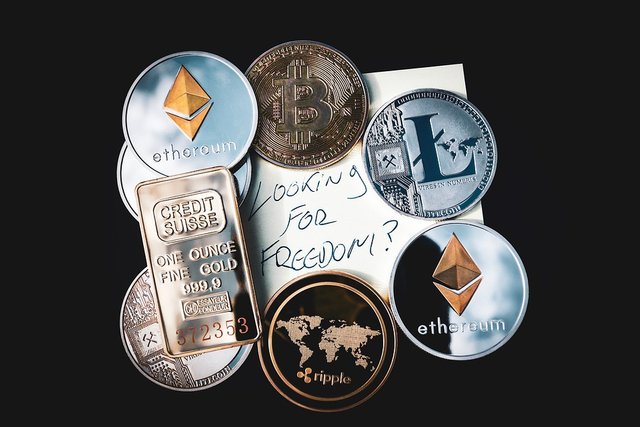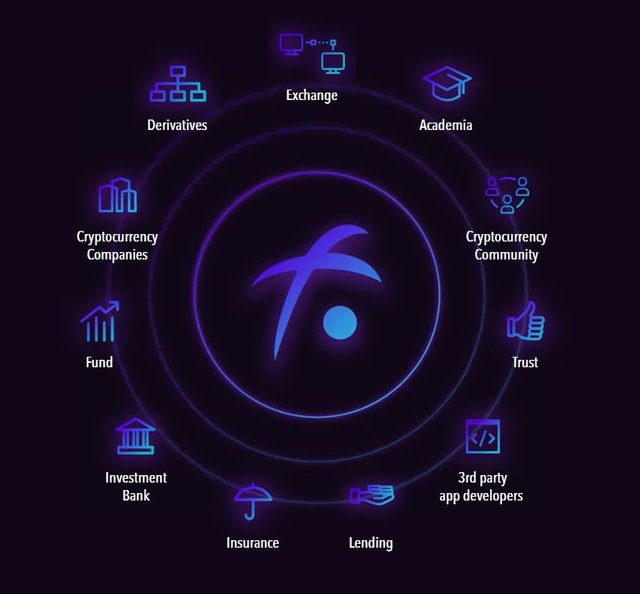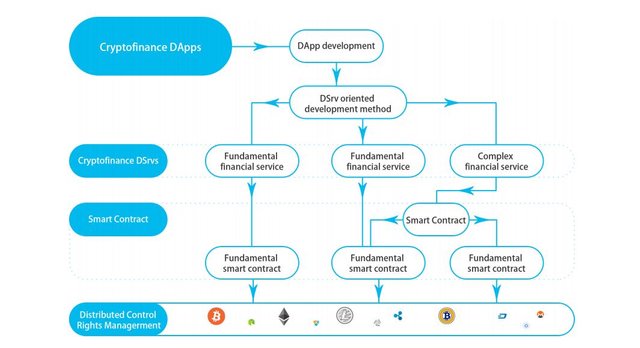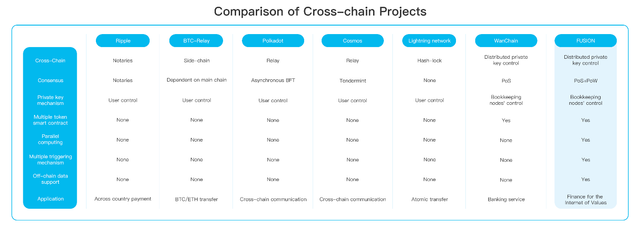Fusion - Breaking Barriers to a Complete Financial Ecosystem
Crypto - Barriers to a Complete Financial Ecosystem
At the moment of writing this, there are 1623 cryptocurrencies listed on CMC, and that number continues to rise on a regular basis. It's not hard to imagine why, with all the plethora of reasons for blockchain to be used paired with the expansive methods in which a blockchain can be customized, most would estimate that this is only the beginning! When we compare individuals and their reasons for needing cryptocurrencies and their unique preferences, we quickly begin to see that there are many people with many different cryptos invested into. Although they might not invest in the same specific projects, these people have one thing in common. They want the independence that cryptocurrencies offer and would prefer to be able to transact in some form of blockchain currency.
Unfortunately, one significant obstacle to this future is the fact that two users that want to transact may find the process too tedious if they happen to be invested in different currencies. Also, it can be difficult even in situations where both users have the same currency if they don't have an easy method in which to make the transaction. Many users either keep their crypto in wallets that have limited access or in an exchange where they tend to have higher transaction fees. In addition, some functions that may be needed in the finance world are not yet available in other cryptocurrencies, such as additional triggering mechanisms outside of the transaction itself. Lastly, we've already seen the most popular cryptocurrencies encounter some scalability issues. Let's say that everyone that wanted to use smart contracts used Ethereum and it got more adoption in the state it's currently operating. It wouldn't even be close to keeping up at 15 tps. It stands to reason that if these 3 major hurdles could be conquered, it would open the gateway to further crypto market penetration and acceptance in the world. Lucky for us, one team is set out to do just that!
Fusion
Fusion is the latest and greatest in the cryptocurrency space, seeking to provide the infrastructure to accommodate all kinds of financial functions on the blockchain. They seek to do this by working with financial institutions, other cryptocurrencies, app developers, academia, and the community as a whole. This all in one solution answers each of the issues listed above by using Distributed Control Rights Management (DCRM), Multiple Triggering Mechanism (MTM), and the Hierarchical Hybrid Consensus Mechanism (HHCM). These are more than cool acronyms, they solve the primary issues above by offering interoperability, usability, and scalability. Let's walk through how each of these layers can solve the aforementioned obstacles.
Distributed Control Rights Management (DCRM)
DCRM is a layer that allows for the sharding and distribution of several types of private keys belonging to different cryptocurrencies across the Fusion blockchain nodes. This allows a user to be able to bring multiple types of cryptocurrencies into the system and control them without needing to keep track of multiple wallets for each currency. Whatever a user feels they want to transact with can be transferred into Fusion's system which will then assign those currencies to their own private keys within the fusion network. However, as mentioned previously, those private keys are then sharded into segments and spread out across nodes on the blockchain making them secure from hackers and theft.
Think of this layer as the foundation that is used to solve the issue of interoperability by allowing users to import any of their favorite cryptocurrencies into their Fusion account. Let's say you want to transact using Ethereum, but your friend only holds EOS for smart contracts. The Fusion blockchain makes this possible! In addition, this layer lays the framework for the ability for off-chain integrations as well. This will make it possible for easy integration into financial institutions.
Multiple Triggering Mechanism (MTM)
Now that Fusion has given us the capability to have multiple types of cryptocurrencies housed in the same blockchain and able to transact, we also have the added benefit of MTM. MTM allows for users to allow conditions to trigger transactions. Unlike traditional smart contracts which have some logic built in but only occur when a transaction is entered into the blockchain, on Fusion you can actually set a time or event as a trigger to initiate a transaction. Not only will this be convenient for end users, but it also will make the platform more appealing to financial institutions who need capabilities such as this in order to operate optimally.
Hierarchical Hybrid Consensus Mechanism (HHCM)
Scalability seems to be a recurring conversation in crypto. Some claim that PoW is the only true way to run a blockchain due to it's proven track record. Others look to PoS as the future of cryptocurrency. In both cases, some have posed questions of potential security threats such as a 51% attack. Although the probability of one of these attacks occurring on the biggest blockchains is heavily debated, we have absolutely seen these sorts of attacks on some smaller platforms such as Verge and Bitcoin Gold. This is something that can happen on either PoW or PoS and there have been arguments on which is more vulnerable. Outside of the security argument, there are limitations to the capacity of each system, albeit ones that have varying degrees of potential improvements in the pipeline. One thing is for sure, if we're going to achieve mass adoption, we need a solution. Fusion will utilize both PoW and PoS and utilize parallel computing to group nodes. This will allow them to create the efficiency and scalability innovations that will separate them from other blockchain projects.
What's the market like?
There are a few competitors in the space, however, none of them are able to offer the entire set of features that Fusion does. Check out this graphic to see what kind of competition exists in this space.
As you can see, Fusion is the only one to offer solutions to all three of the major obstacles outlined in this post. As far as progress, Fusion launched its testnet already on May 31st. It has an ambitious road map setting goals of $10 billion of distributed control services on the blockchain in Q2 (a goal they've already exceeded) and $100 billion in Q3 this year. The Fusion (FSN) token is available on exchanges already, here's a complete list of available exchanges where you can find FSN. The future looks promising as the need for this technology is vast. Check out their website for more information on this great project!
This is an entry for an @originalworks contest, click here to see the contest.
fusion2018





Coins mentioned in post:
This post has been submitted for the @OriginalWorks Sponsored Writing Contest!
You can also follow @contestbot to be notified of future contests!
hey @mjo
just wanted to show my support. this is not project that I would like to get involved (not my market) but I can recognize good writting. Good luck with your contest
big upvote on the way :)
Yours
Piotr
Thanks Piotr, I appreciate the support!
I love to see how responsive you are @mjo
big thx! :)